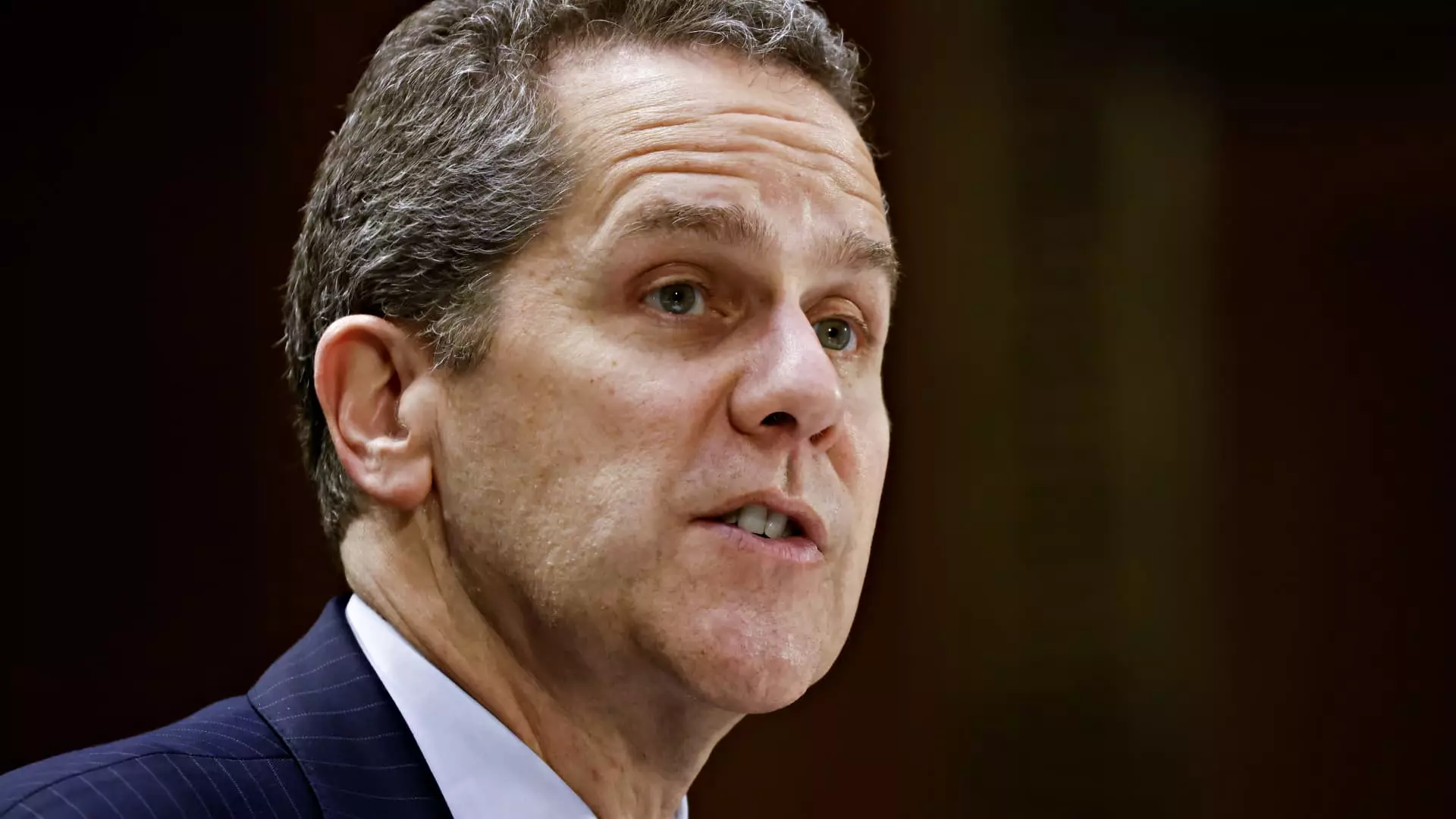As the political landscape shifts with the new presidential administration, the resignation of Michael Barr from his position as Vice Chair for Supervision at the Federal Reserve marks a pivotal moment. Effective February 28, Barr, while remaining a governor on the Fed board, acknowledges a necessity for a smooth transition amidst uncertainties surrounding President-elect Donald Trump’s regulatory agenda. His decision to step down signifies not only a personal choice but also a strategic maneuver intended to prevent potential turmoil in the banking sector right as the new administration gears up for governance.
Barr’s resignation was strategically timed, almost pre-emptively addressing speculations about possible antagonism between him and Trump’s administration. The incoming president has demonstrated an inclination toward less restrictive banking policies, which bumps against Barr’s reputation for advocating for regulatory prudence. In his statement, Barr emphasized that avoiding a “dispute over the position” would serve to focus the Fed on its core mission rather than diverting attention toward a contentious appointment process.
The resignation aligns with the broader narrative that sees Trump’s administration seeking to reshape financial regulation to the benefit of banks, particularly in light of Barr’s tenure marked by significant industry pushback against regulations like the Basel Endgame—a collection of rules that many industry leaders found burdensome. By stepping down, Barr allows for an unencumbered appointment process, suggesting he is cognizant of the potential for disruption amidst a volatile economic climate.
The immediate aftermath of Barr’s announcement saw a notable uptick in bank stock prices, corroborating the view that markets perceive a shift toward more favorable progressive banking policies under Trump. The SPDR S&P Bank exchange-traded fund, a pivotal indicator of the banking industry’s health, registered an increase of over 1%. This rally reflects investor optimism, projecting that a new appointee could potentially alter the landscape of financial oversight and regulatory measures.
The Fed has indicated that it will hold off on any substantive decisions regarding banking rules until Barr’s successor is announced. This pause may offer an opportunity for a reevaluation of ongoing initiatives that may be in sync with the incoming administration’s objectives, thereby potentially facilitating a rapid recalibration of policies that align with market expectations.
With the Federal Reserve constrained to a seven-member board, Trump’s selection for the vice chair position will play a crucial role in shaping the future of U.S. financial regulation. Barr’s resignation opens the door to a candidate who may prioritize deregulation. However, the appointee’s ability to balance financial stability with deregulation will be the subject of scrutiny as the nation continues to grapple with the repercussions of economic fluctuations.
As the transition unfolds, all eyes will be on Trump’s choice for Barr’s role, as it will not merely reflect a shift in personnel but potentially signify a transformative moment for U.S. banking policy. In an environment still reeling from past financial crises, the implications of this significant appointment could resonate for years to come, affecting not just banking institutions but the broader economic landscape. The coming months will test the resilience and adaptability of both the Federal Reserve and the financial markets in an ever-evolving political environment.

